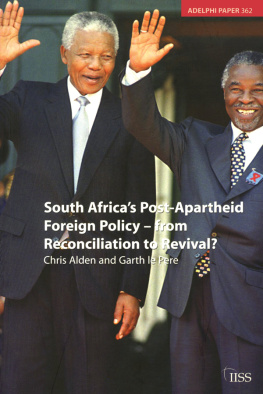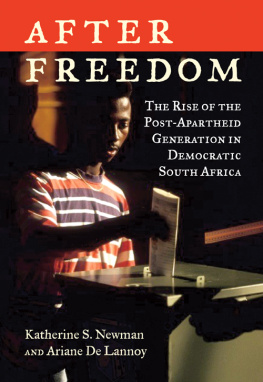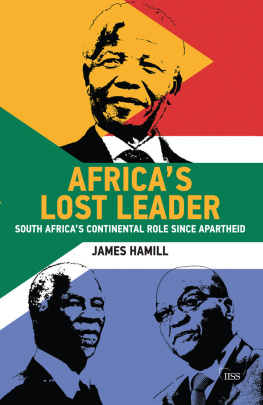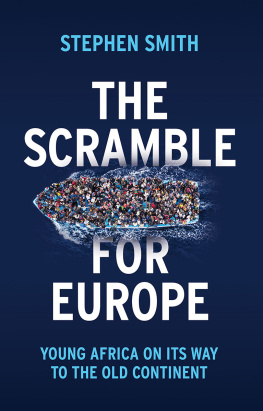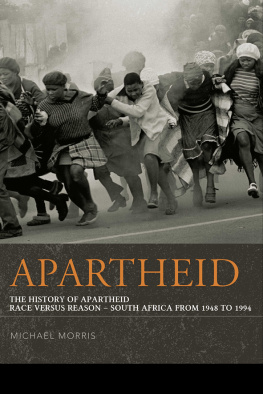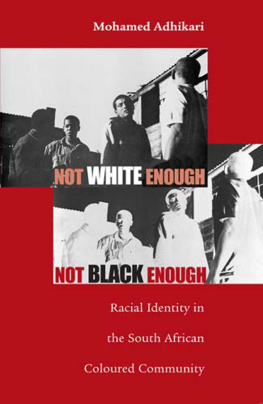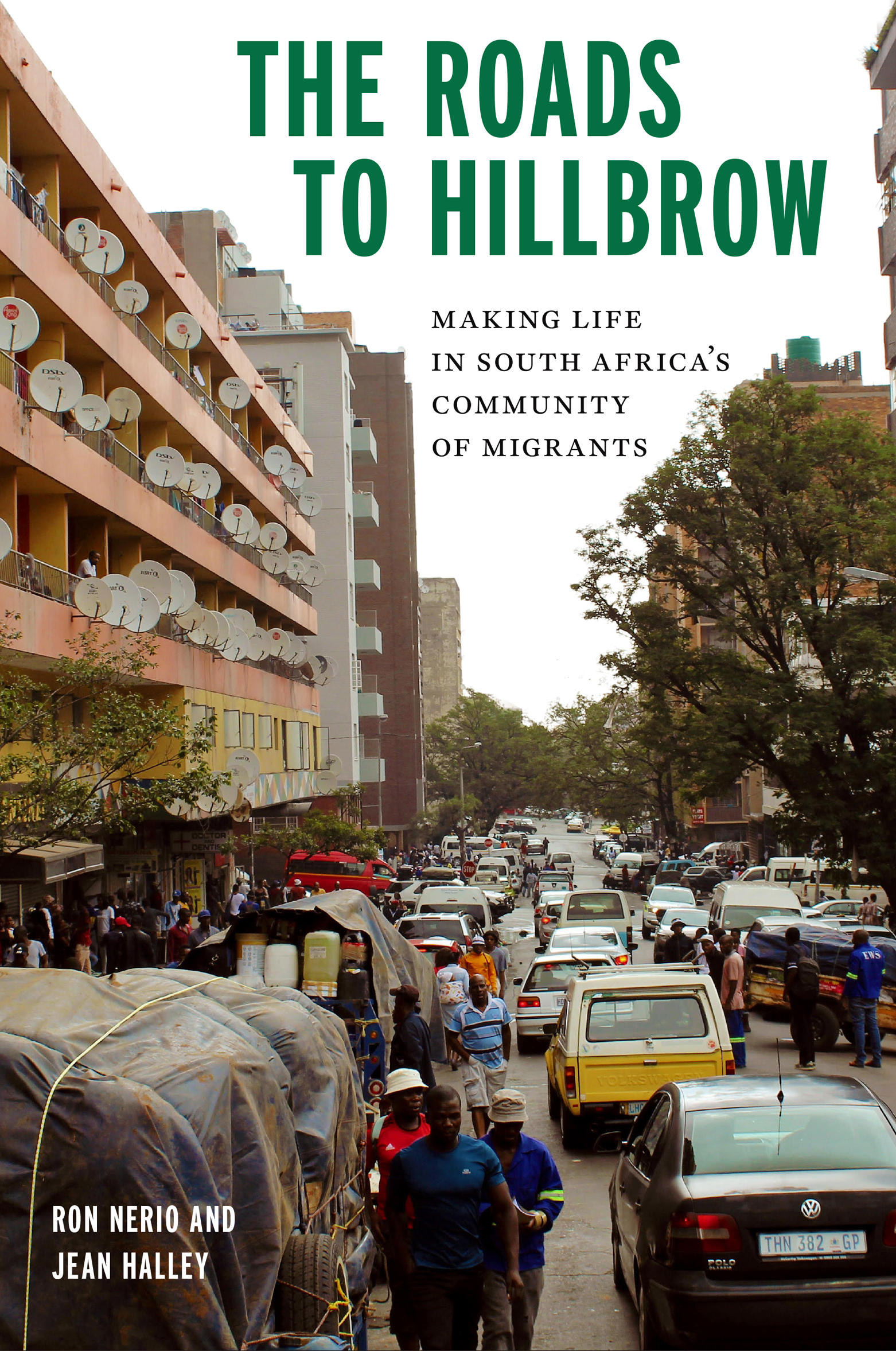Ron Nerio - The Roads to Hillbrow: Making Life in South Africas Community of Migrants
Here you can read online Ron Nerio - The Roads to Hillbrow: Making Life in South Africas Community of Migrants full text of the book (entire story) in english for free. Download pdf and epub, get meaning, cover and reviews about this ebook. year: 2022, publisher: Fordham University Press, genre: Politics. Description of the work, (preface) as well as reviews are available. Best literature library LitArk.com created for fans of good reading and offers a wide selection of genres:
Romance novel
Science fiction
Adventure
Detective
Science
History
Home and family
Prose
Art
Politics
Computer
Non-fiction
Religion
Business
Children
Humor
Choose a favorite category and find really read worthwhile books. Enjoy immersion in the world of imagination, feel the emotions of the characters or learn something new for yourself, make an fascinating discovery.

- Book:The Roads to Hillbrow: Making Life in South Africas Community of Migrants
- Author:
- Publisher:Fordham University Press
- Genre:
- Year:2022
- Rating:4 / 5
- Favourites:Add to favourites
- Your mark:
The Roads to Hillbrow: Making Life in South Africas Community of Migrants: summary, description and annotation
We offer to read an annotation, description, summary or preface (depends on what the author of the book "The Roads to Hillbrow: Making Life in South Africas Community of Migrants" wrote himself). If you haven't found the necessary information about the book — write in the comments, we will try to find it.
This highly accessible portrayal of a post-apartheid neighborhood in transition analyzes the relationship between identity, migration, and place.
Since it was founded in 1894, amidst Johannesburgs transformation from a mining town into the largest city in southern Africa, Hillbrow has been a community of migrants. As the city of gold accumulated wealth on the backs of migrant laborers from southern Africa, Jewish Eastern Europeans who had fled pogroms joined other Europeans and white South Africans in this emerging suburb. After World War II, Hillbrow became a landscape of high-rises that lured western and southern Europeans seeking prosperity in South Africas booming economy. By the 1980s, Hillbrow housed some of the most vibrant and visible queer spaces on the continent while also attracting thousands of Indian and Black South Africans who defied apartheid laws to live near the city center. Filling the void for a book about migration within the Global South, The Roads to Hillbrow explores how one South African neighborhood transformed from a white suburb under apartheid into a grey zone during the 1970s and 1980s to become a port of entry for people from at least twenty-five African countries.
The Roads to Hillbrow explores the diverse experiences of domestic and transnational migrants who have made their way to this South African community following war, economic dislocation, and the social trauma of apartheid. Authors Ron Nerio and Jean Halley weave sociology, history, memoir, and queer studies with stories drawn from more than 100 interviews. Topics cover the search for employment, options for housing, support for unaccompanied minors, possibilities for queer expression, the creation of safe parks for children, and the challenges of living without documents. Current residents of Hillbrow also discuss how they cope with inequality, xenophobia, high levels of crime, and the harsh economic impacts of COVID-19.
Many of the books interviewees arrived in Hillbrow seeking not only to gain better futures for themselves but also to support family members in rural parts of South Africa or in their countries of origin. Some immerse themselves in justice work, while others develop LGBTQ+ support networks, join religious and community groups, or engage in artistic expression. By emphasizing the disparate voices of migrants and people who work with migrants, this book shows how the people of Hillbrow form connections and adapt to adversity.
Ron Nerio: author's other books
Who wrote The Roads to Hillbrow: Making Life in South Africas Community of Migrants? Find out the surname, the name of the author of the book and a list of all author's works by series.

